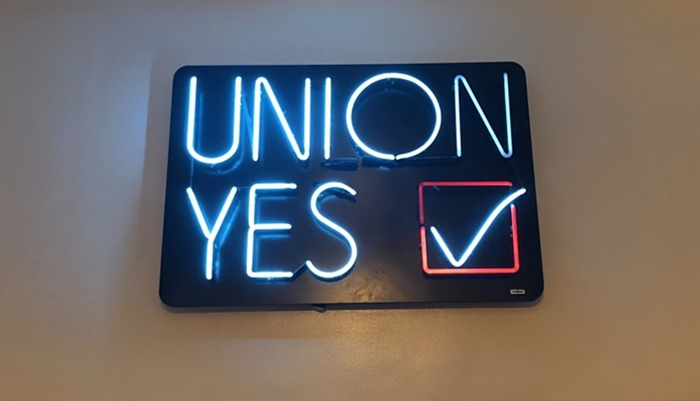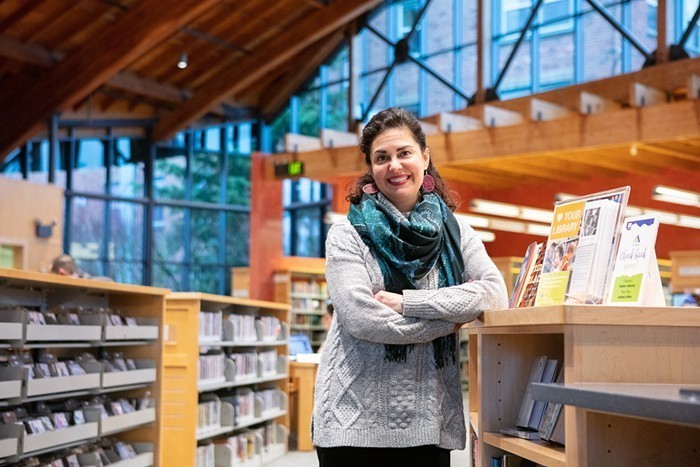As anticipated, the city council voted Monday, June 30, to dramatically expand a housing subsidy program that eliminates all property taxes for 12 years for developers who set aside some units at "affordable" rents. The changes expand the program to people making as much as 90 percent of the Seattle median—individuals earning up to $49,000 a year and couples earning as much as $62,300.
Although Council Member Sally Clark, among others, acknowledged that the program "is not about low-income people," that didn't stop council members from referring repeatedly to, as Council Member Jean Godden put it, the "teachers, librarians, police, and health-care professionals" it would benefit.
That's a canard, though, for two reasons. One, the "affordable" apartments the council voted to subsidize are far out of reach for workers in those and similar professions. The new program subsidizes studios at $1,090 a month, one-bedrooms at $1,314 a month, and two-bedrooms at $1,577 a month. It's hard to see how those rents are in reach for a kindergarten teacher (average salary: $47,630), a medical assistant (average salary: $34,552), or a lab technician (average salary: $36,000).
Second, apartments that rent at the rates the council just voted to subsidize are already being built. Few neighborhoods are hurting for rental units under the prices the council is subsidizing—even newly constructed rental units. A Craigslist search for new-construction units in Seattle found dozens of brand-new apartments between $900 and $1,200 in the city. Before Monday's vote, Nick Licata noted that more than 9 out of 10 rental units in King County are already affordable to people making 80 percent of median income. "That's a waste, in my mind, of limited resources," Licata said.
And although developers like Bruce Lorig came before the council Monday insisting the program doesn't work ("If you're going to have more housing, you need to change the program"), the evidence shows just the opposite. Between 1999 and 2004, when the program was last revised, it served people making 80 percent of the median income. In that time, it created 244 units of "affordable" housing. Since 2004, when the council narrowed the program to serve people making 60 percent of median income, it created 763 units. That's nearly three times as much housing, at lower prices, in a shorter time.
Although it's true that, as Council Member Richard McIver noted Monday, the tax exemption program only provides a "modest subsidy," it's also true that the program was working just fine before. In expanding the tax exemption, the council "fixed" something that wasn't broken—and may have put affordable housing out of reach for hundreds of moderate-income Seattle residents. ![]()


















